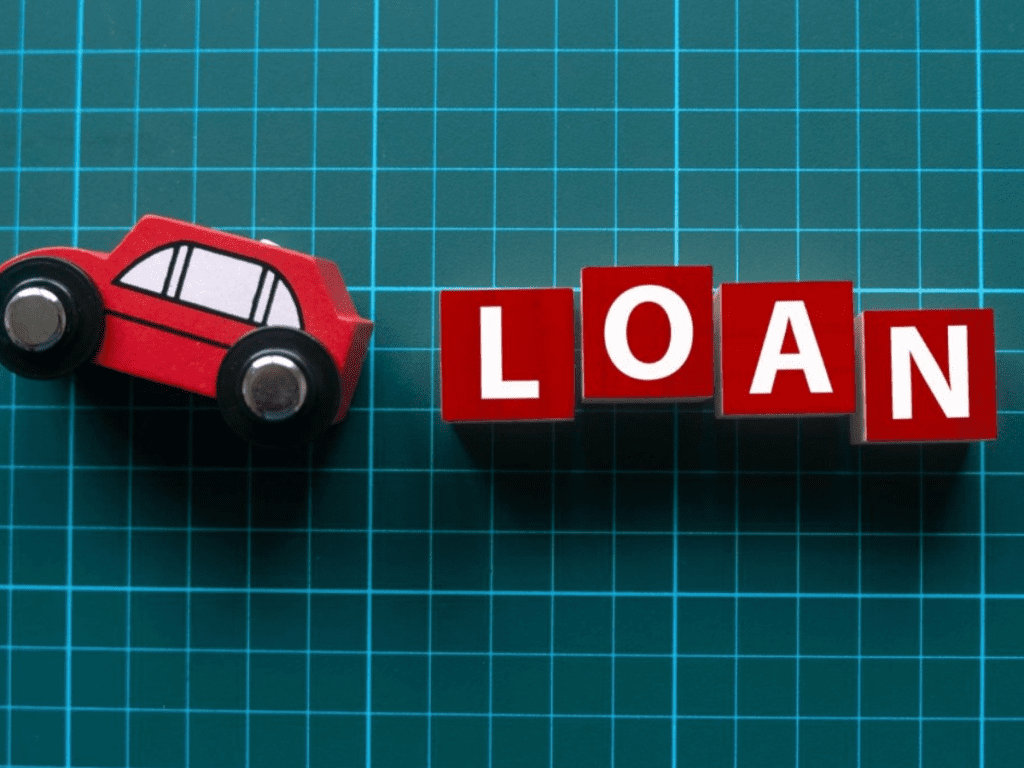Introduction
When you finance a car, you’re not just committing to monthly payments; you’re also entering into an agreement that requires proper protection for your vehicle. Auto insurance is a critical component of this protection, and it’s essential to choose the right policy to ensure that your investment is safeguarded. Financing a car often means you’re taking out a loan, and the lender will want to make sure their investment is protected as well. Here’s a guide to help you understand what to look for in auto insurance when financing your car.
1. Understanding Your Lender’s Requirements
When financing a vehicle, your lender or leasing company will require you to carry insurance coverage that protects the car in case of accidents, theft, or natural disasters. These requirements often go beyond what the state minimums for auto insurance coverage may be. In most cases, the lender will require comprehensive and collision coverage in addition to liability insurance.
Comprehensive Insurance
Comprehensive coverage protects your car from damage caused by non-collision events, such as theft, vandalism, fire, hail, or falling trees. For financed cars, comprehensive coverage is important because it helps cover repairs or replacement of the vehicle in the event of an incident.
Collision Insurance
Collision coverage covers the repair or replacement of your car after a crash, regardless of fault. This is crucial for a financed car because it ensures that any damages to your vehicle are repaired, even if the accident wasn’t your fault.
These requirements are set by your lender to protect their financial interest in the vehicle. If you default on the loan and the car is damaged, your lender needs to know that they can recover the value of the car. Thus, having comprehensive and collision coverage ensures that both you and the lender are financially protected.
2. State Minimum vs. Lender Requirements
It’s important to understand that the auto insurance requirements set by your lender may exceed the minimum coverage required by the state. Every state has its own minimum auto insurance laws, which typically include:
- Liability Insurance: Covers damage to other people or property in an accident where you are at fault.
- Personal Injury Protection (PIP): Covers medical expenses for injuries to yourself or passengers in your vehicle.
- Uninsured/Underinsured Motorist Coverage: Provides coverage if you are in an accident with a driver who either doesn’t have insurance or doesn’t have enough insurance to cover the damages.
While these are necessary for driving legally in most states, they may not provide sufficient protection for a financed car. Your lender will likely require higher levels of protection to ensure the vehicle’s value is fully covered. For example, if your state requires only liability insurance, your lender may still insist on comprehensive and collision coverage.
3. Gap Insurance
When you finance a car, you might owe more on the loan than the car is worth, especially in the early years of the loan. If your car is totaled in an accident or stolen, your insurance company will only pay out the current market value of the car, which may be less than what you owe. This is where gap insurance comes into play.
Gap insurance covers the difference (or “gap”) between what you owe on your car loan and the actual cash value (ACV) that your insurance company will pay out in the event of a total loss. Without gap insurance, you could end up owing money on a car that no longer exists.
If you’re financing a car with a loan balance that could exceed the value of the car, gap insurance is highly recommended. Many insurance providers offer gap insurance as an add-on to your policy, and some lenders may even require it.
4. Deductibles
When selecting auto insurance for a financed vehicle, you’ll need to decide on your deductible. A deductible is the amount of money you have to pay out of pocket before your insurance kicks in. For example, if you have a $500 deductible and your car sustains $2,000 in damages, you’ll pay $500, and your insurance will cover the remaining $1,500.
Higher deductibles usually result in lower premiums, but they also mean you’ll have to pay more upfront if you need to file a claim. On the other hand, lower deductibles will raise your premiums but can help minimize your out-of-pocket expenses if something happens to your vehicle. When financing a car, lenders often recommend or even require a certain deductible amount. Be sure to check with your lender to ensure that your deductible meets their requirements.
5. Insurance Coverage Limits
Each type of insurance coverage has a limit, which is the maximum amount your insurer will pay out in the event of a claim. For example, if you have $100,000 in liability coverage and cause an accident that results in $200,000 in damages, your insurance will only pay up to $100,000, and you will be responsible for the remaining balance.
When financing a car, it’s crucial to ensure that your coverage limits are sufficient to protect your financial interests. Lenders may have specific coverage limits for liability, comprehensive, and collision coverage, so make sure that your policy meets these requirements. Higher limits generally mean better protection but can also increase your premiums. Balance your financial situation and protection needs when deciding on coverage limits.
6. Personal Injury Protection (PIP) and Medical Payments Coverage
Personal injury protection (PIP) and medical payments (MedPay) coverage can be essential parts of your auto insurance policy, especially if you or your passengers are injured in an accident. PIP covers medical expenses, lost wages, and other costs, regardless of who is at fault in the accident. MedPay, on the other hand, specifically covers medical expenses related to injuries sustained in the accident.
While not required in all states, it’s worth considering PIP and MedPay coverage when financing a vehicle. These coverages can help prevent out-of-pocket expenses in the event of an accident and ensure that you and your passengers receive the necessary care.
7. Rental Car Coverage
In the event that your car is being repaired after an accident or is unavailable for another reason, rental car coverage ensures that you won’t be left without transportation. This coverage may cover the cost of renting a car for a certain period while your car is being repaired or replaced.
When financing a car, it’s wise to ask your insurer about rental car coverage, especially if you rely on your vehicle for daily activities. Some policies include this coverage, while others may offer it as an optional add-on. If your lender requires comprehensive and collision coverage, they may also recommend or require rental car coverage.
8. Insurance Premium Costs
The cost of auto insurance can vary significantly depending on several factors, such as your driving history, the type of car you’re financing, your location, and the level of coverage you select. When financing a car, you’ll need to ensure that the monthly insurance premium fits within your budget, in addition to your car payment.
It’s important to shop around and compare quotes from different insurance providers to find the best deal. Keep in mind that while it may be tempting to opt for the minimum coverage required, cutting corners on insurance can leave you vulnerable to significant financial risks in the event of an accident.
9. Discounts and Savings Opportunities
Many insurance providers offer various discounts that can help lower your premium. Some common discounts include:
- Multi-policy discounts: If you bundle your auto insurance with other policies (like homeowners or renters insurance), you can often get a discount.
- Good driver discounts: Maintaining a clean driving record can qualify you for discounts.
- Low-mileage discounts: If you drive less than the average person, you may qualify for lower rates.
- Anti-theft device discounts: Installing security systems or anti-theft devices in your car can lower your insurance rates.
When financing a car, ask your insurance provider about any discounts you might qualify for. These discounts can significantly lower your insurance premium, making it more affordable.
10. Reviewing Your Policy Regularly
Once you’ve selected your auto insurance policy and secured financing for your car, don’t just forget about it. It’s essential to review your insurance policy periodically to ensure that it still meets your needs and the requirements of your lender. Life changes, such as moving to a new state, upgrading your car, or changing your driving habits, can all affect your insurance needs.
Regularly checking your policy also helps ensure that you maintain adequate coverage throughout the life of your loan. If your car’s value decreases or if your financial situation changes, you may need to adjust your coverage limits, deductible, or even drop unnecessary coverages.
Conclusion
When financing a car, your auto insurance is a critical piece of the puzzle. It protects both you and your lender from financial loss, ensuring that your investment is covered in case of damage or theft. Make sure to carefully review your lender’s insurance requirements, consider add-ons like gap insurance, and choose the appropriate coverage limits to meet your needs. Regularly reviewing your policy can also help ensure that you maintain the right coverage as your circumstances change. By making informed decisions about your auto insurance, you can drive with peace of mind knowing that you have the protection you need.

